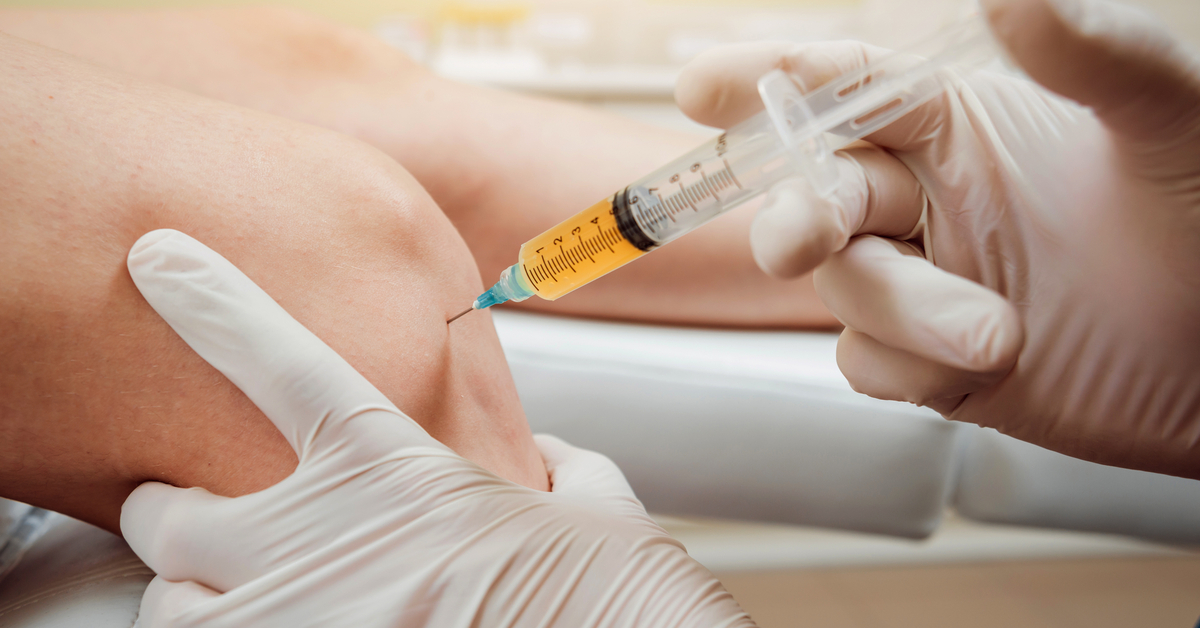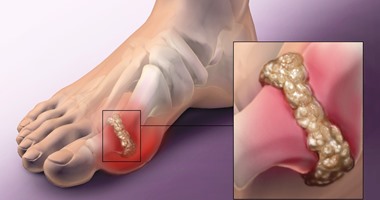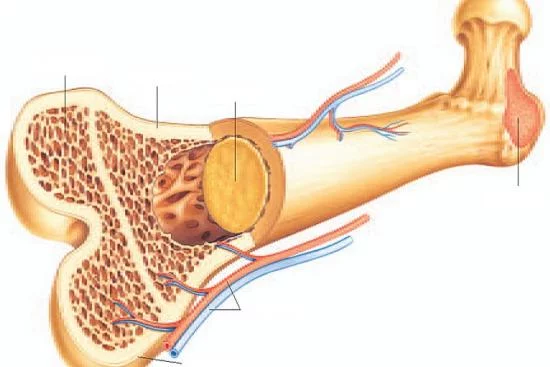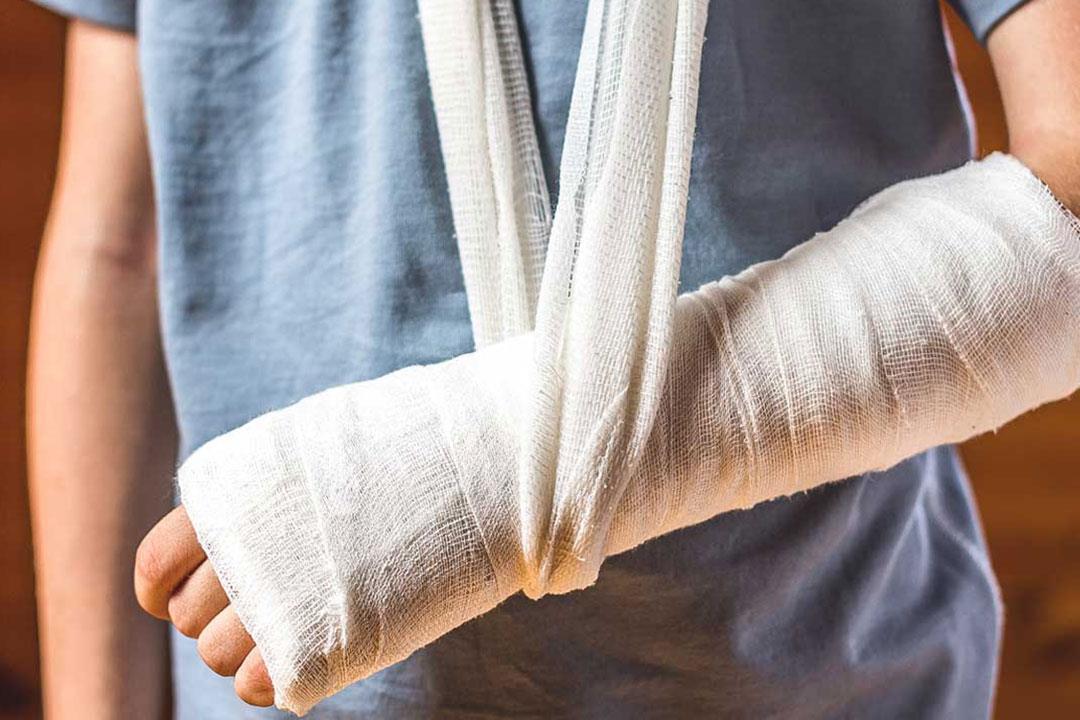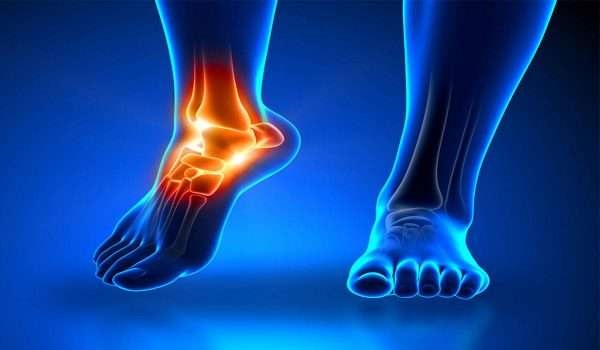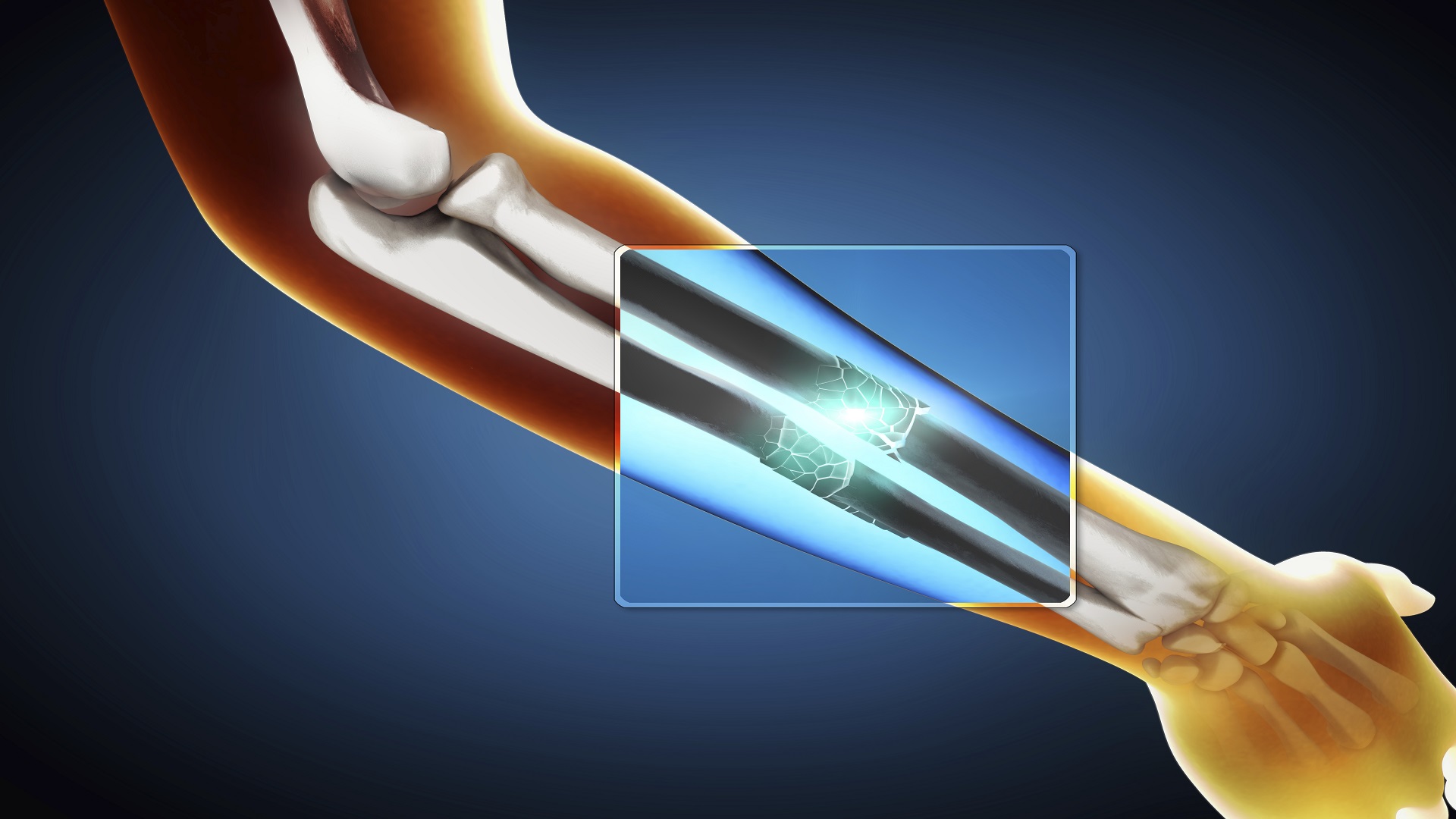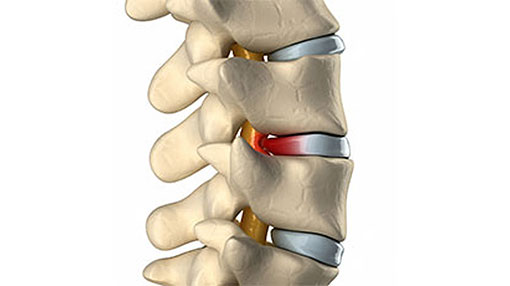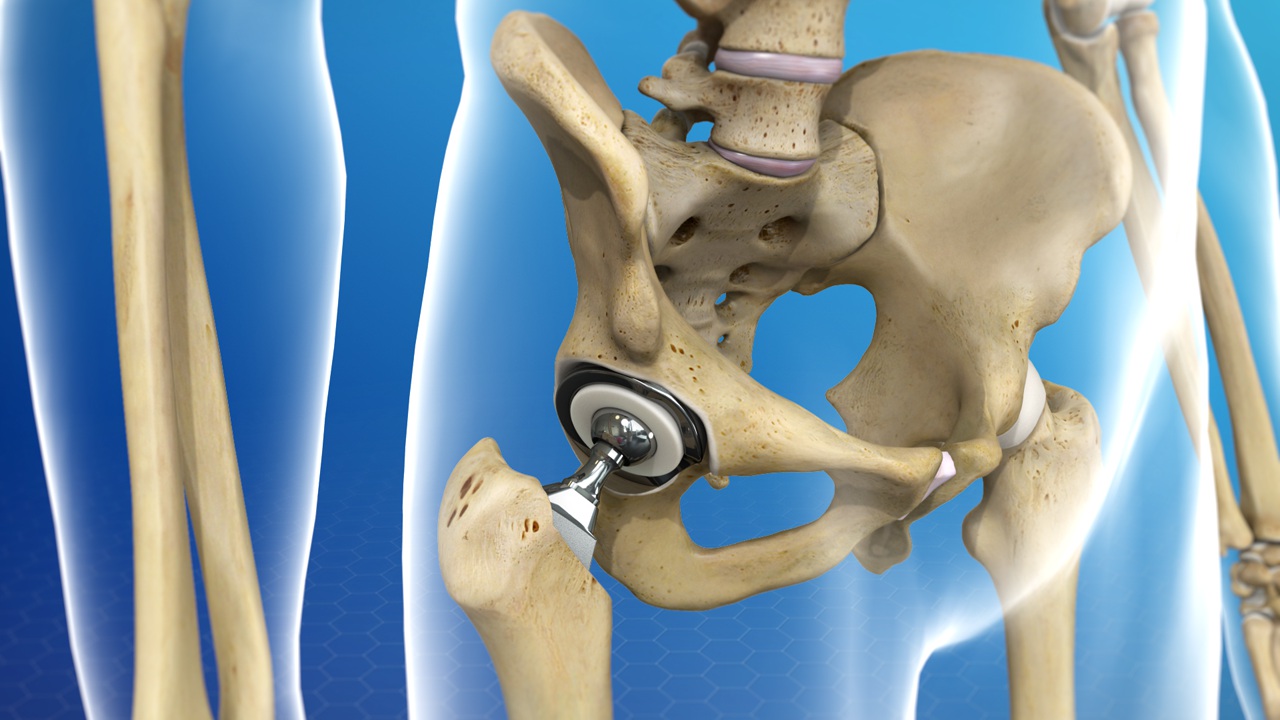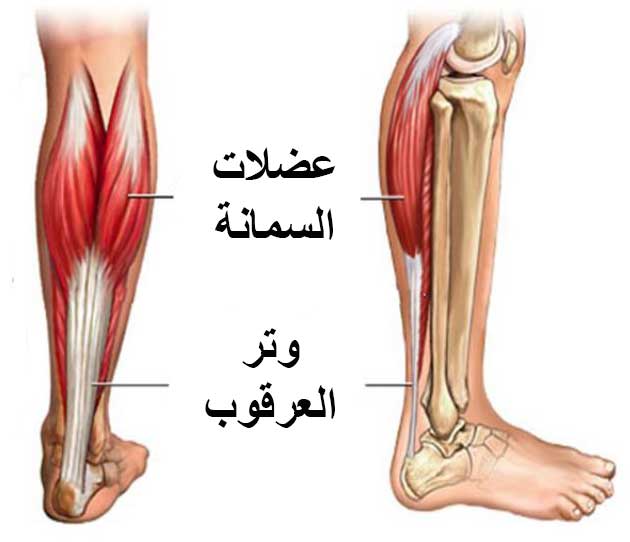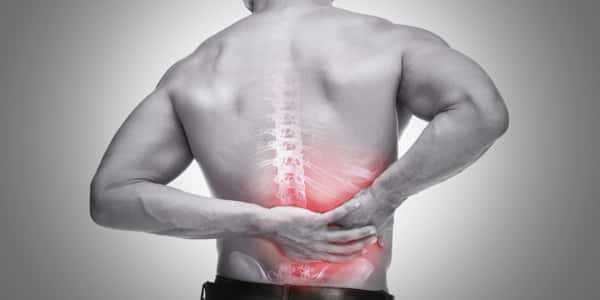What is the treatment for vitamin D deficiency?
Care must be taken to receive appropriate treatment as soon as it is realized that there is a severe deficiency of vitamin D in the individual’s body, and neglecting this matter may cause many serious complications that many may not be aware of, in the following article we will learn about the most important information regarding this topic, so let us read the following.
What is the treatment for vitamin D deficiency?
When an individual suffers from a deficiency in vitamin D, there are many methods that he can follow in treating this, and here is an example of that.
Sun exposure
The sun is one of the natural sources from which vitamin D can be obtained, and because they are closely related to each other, it is called the sun vitamin, and in order to obtain vitamin D from the sun in the best possible way, the following must be followed:
- The individual must be exposed to sunlight daily for a period of not less than 15 minutes in order for the body to be able to produce vitamin D naturally.
- It is better to be careful to wear clothes that reveal the body because full clothes make the skin unable to absorb the sun’s rays.
- In order to avoid exposure to the risks of ultraviolet radiation, care must be taken to be exposed to sunlight in the early morning or sunset periods.
- When exposed to sunlight, sunscreen should not be applied to increase the body’s ability to absorb the vitamin effectively.
Children are more susceptible to vitamin D deficiency, so they must continue to be exposed to the sun periodically.
Eat foods containing vitamin D
When an individual suffers from a deficiency in vitamin D, they should be careful to eat some foods that are rich in this vitamin in addition to following other therapeutic methods, and examples of foods that contain vitamin D are:
- Orange.
- Whale liver oil.
- Salmon.
- Sardine.
- Mushrooms.
- Tuna fish.
- Dairy products.
Nutritional supplements
Foods that contain vitamin D are not a sufficient solution to compensate for the deficiency that some individuals suffer from, in addition to that obtaining vitamin D is also not possible by prolonged exposure to the sun, as this may cause skin cancer in individuals, and for this reason, in addition to the previous treatment methods, nutritional supplements are taken.
The doctor performs the necessary tests and then determines the appropriate dose for the individual according to the extent of the deficiency he suffers from in vitamin D, his age, and whether he suffers from other diseases that may hinder the body from absorbing it effectively.
Mostly, doctors recommend vitamin D3 more than vitamin D2 because it has a very effective role in making up for the deficiency of the vitamin, and it is preferable to take the vitamin after eating a meal that contains fats to facilitate its absorption.
Food containing vitamin D
Including some foods that are rich in vitamin D in the daily diet of the individual is very important if he suffers especially from a severe deficiency in vitamin D, and here are some foods that must be available in the individual’s diet daily:
- Salmon: contains many benefits for the human body because it is rich in omega-3 fatty acids, in addition to containing 14.2 micrograms of vitamin D.
- Yogurt: It is preferable to eat it without adding sugar, as every 170 grams of yogurt contains 80 international units of vitamin D.
- Rainbow trout: It can be eaten grilled or fried, and this does not affect its nutritional value in any way, and in addition to containing every 93 grams of rainbow trout fish on 16.2 micrograms of vitamin D, it also contains a large proportion of proteins.
- Egg yolk: It is better to eat it daily because one egg contains 1.1 micrograms of vitamin D.
- White mushroom: It can be eaten in many ways, and its importance is because half of one cup contains 9.2 micrograms of vitamin D.
- Sardines and tuna: Every two sardines contain 1.2 micrograms of vitamin D, and every 93 grams of tuna contains 1 microgram of vitamin D.
- Milk: Its importance is because each cup of milk contains 2.9 micrograms of vitamin D.
- Orange juice: One cup of freshly squeezed orange juice contains approximately 1 microgram of vitamin D.
- Soy milk: One cup of soy milk contains 2.5-3 micrograms of vitamin D.
When does the improvement of vitamin D deficiency begin?
Vitamin D takes time from two to three months to effectively improve from severe deficiency, given that the prescribed dose is vitamin D 50000, which is considered one of the highest doses that the doctor prescribes to patients in cases of severe deficiency, and that dose is taken as follows:
- Children from one year to 16 years of age take a vitamin pill once a week for six consecutive weeks, and the vitamin level has reached 30 ng/milliliter at the end of that period.
- Adults: 3 tablets per week continuously for up to eight weeks until the vitamin level reaches 30 ng/milliliter, after which the dose is reduced until it reaches 1500-2000 daily to maintain the normal ratio.
- When some individuals have problems that hinder their bodies from effectively absorbing the vitamin, a larger dose of the vitamin is taken, which may reach 6000-1000 per day, and continues until the ratio reaches 30 ng/milliliter.
Complications of vitamin D deficiency
Complications of vitamin D deficiency begin to appear when this deficiency is very severe and begins to affect the normal activities of the individual, such as:
- The level of calcium in the blood decreases.
- The level of phosphate in the blood decreases.
- Adults get osteoporosis, and children get rickets.
- Significant muscle weakness.
In addition to the fact that vitamin D deficiency causes many health problems for individuals, for example:
- Cancers, especially breast, colon, and prostate cancer.
- Type 2 diabetes.
- Autoimmune diseases such as lupus, multiple sclerosis, rheumatoid arthritis, Graves’ disease, and Hashimoto’s disease.
- Eczema and asthma, especially in young people.
- Diseases affecting the central nervous system such as Alzheimer’s, Parkinson’s disease, dementia, depression, anxiety disorders, and schizophrenia.
- Cardiovascular diseases such as high blood pressure, hyperlipidemia, peripheral arterial disease, and coronary artery disease.
The natural percentage of vitamin D in the body
When he notices a deficiency in the percentage of vitamin D in the body of an individual, he must resort to compensating for it immediately before this causes serious complications to him, and he must initially know the normal percentage in order to be able to act quickly, and the vitamin D level of an adult must be at least 20 nanograms per milliliter.
Does vitamin D deficiency cause twitches in the body?
Suffering from a lack of vitamins causes the individual to many problems regarding his health conditions, which makes him vulnerable to many crises regarding his health conditions, and some of the symptoms that may affect him is the feeling of tingling in the body and coldness and numbness of the extremities greatly.
As the deficiency of some vitamins, especially vitamin B9, vitamin B6, and B12, in the body of individuals affects the nervous system with many problems, which exposes the nerves of the extremities of the body from the hands and feet to a lot of damage, and for this, it is necessary to work to compensate for this deficiency as soon as it is discovered.
What are the benefits of Vitamin D?
- Reduces digestive disorders, especially irritable bowel.
- Protects the individual from multiple sclerosis.
- It regulates insulin secretion in the body, which reduces the chance of developing diabetes.
- Enhances male fertility and improves semen quality.
- It strengthens the immune system, which reduces the chance of recurrent infections.
- Stimulates hair follicles, which reduces hair loss.
- It protects children from rickets and helps their bones grow.


